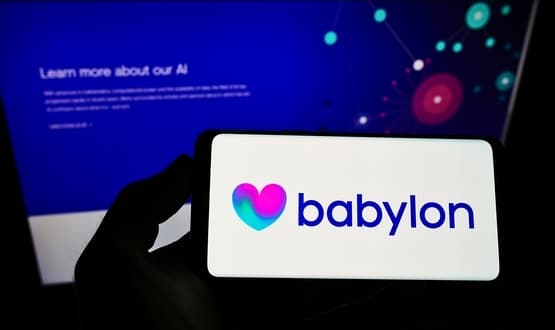GP practices report benefits from GP2GP
- 8 September 2009
Clinicians and administrative staff have reported a range of substantial benefits from use of Connecting for Health’s GP2GP electronic records transfer programme, according to CfH.
The Department of Health’s IT agency said initial findings from an online survey of GP2GP users were “extremely positive” with “high proportions” of clinicians and administrative staff reporting that GP2GP brings a range of substantial benefits to clinicians and patients.
CfH told EHI Primary Care that the full results of the survey were still being collated and would be released to strategic health authorities and primary care trusts by the end of 2009.
In the mean time the third clinical system to be submitted for formal GP2GP testing, iSoft’s Synergy 2, is due to begin clinical safety testing this week. The system will be piloted in NHS Hampshire from January next year before roll-out to more than 400 Synergy 2 practices.
Deployment of iSoft’s Synergy 2 will deliver a third GP2GP system to the primary care market alongside EMIS LV 5.2 and INPS’s Vision system. The software has been deployed to more than 5,000 practices using Vision and LV and 747,602 records had been transferred by the end of August.
CfH said other GP systems including TPP’s SystmOne, EMIS Web, iSoft Premiere and Microtest’s Practice Manager were expected to be available for testing and deployment during 2009/10. It said no other systems had been submitted for formal GP2GP testing yet but supplier development was well underway.
The GP2GP programme is also developing a solution for large messaging which will allow transmission of GP2GP messages that are greater than 5Mb in size or which contain more than 99 attachments.
A CfH spokesperson told EHI Primary Care that CfH has demonstrated to suppliers a working prototype for sending messages over the 5Mb limit.
The spokesperson added: “Workshops have also been held with GP stakeholders and suppliers to develop a practical solution to maintaining the integrity and richness of the clinical record when a patient returns to their original practice (A-B-A). Both of these developments will be documented in the next version of the GP2GP specification due for release in October 2009. Suppliers are planning to implement these developments incrementally over the next year to 18 months.”




